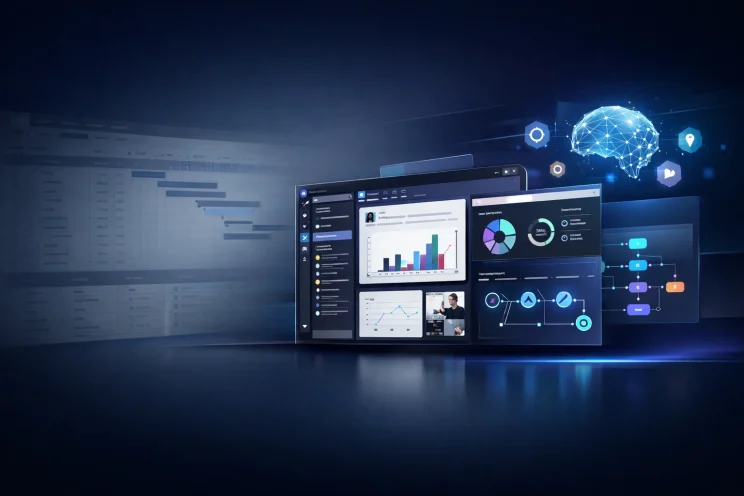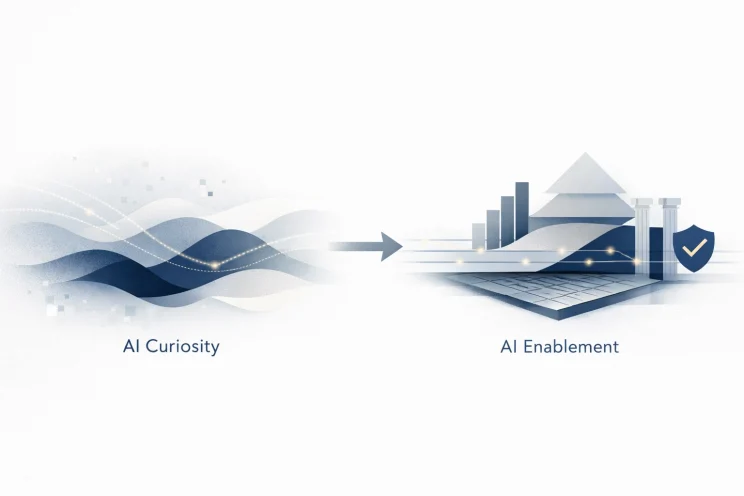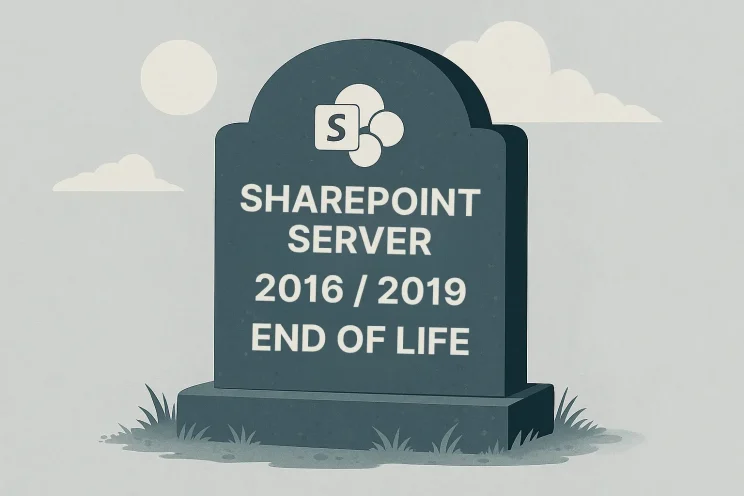With the rise of the cloud and SaaS (Software as a Service) applications comes the increased risk of shadow IT. Shadow IT refers to employee use of IT services outside the approval of the organization’s IT department or management. While intent from employees is not always malicious, the use of shadow IT can open an organization’s entire infrastructure up to cybersecurity risk. Let’s examine more in-depth what shadow IT is, the risks associated, and why it’s important to have strong governance to manage this in your organization.
What is Shadow IT?
There are three major aspects of shadow IT: hardware, off-the-shelf packaged software, and cloud services. Cloud services, including SaaS, IaaS, and PaaS, make up the biggest form of shadow IT. Shadow IT can become an issue when employees aren’t receiving what they need from IT, so they search for solutions elsewhere causing a conflict between the organization and IT. This could even include peer-to-peer services such as Dropbox or Google Drive. Other applications that are commonly used could be Skype, Grammarly, or Notepad++. While seemingly harmless, if these applications are not approved by IT, they could put your organization at risk. On top of that, shadow IT applications are difficult for IT to monitor. A study found that 72% of IT executives don’t know how many shadow IT applications are being used within their organization. This issue is only increasing with the consumerization of IT. It is crucial for businesses to understand the security risks shadow IT poses to an organization’s data.

Risks
IT is the glue that holds a business’s infrastructure together. Therefore, security risks increase when the IT department doesn’t know what services and applications are being adopted. The first risk involved comes from OAuth-enabled shadow IT applications. These applications communicate cloud to cloud, meaning they don’t hit the corporate network. While OAuth-enabled applications provide convenience to employees by using existing credentials, these permissions can be used to access sensitive data.
This brings us to the next risk, file sharing. File sharing tools can open up risk to data exfiltration. This can make an organization extremely vulnerable to having its data destroyed, sold, or leaked. Suspicious users could download and store large amounts of company data. However, even users with good intentions could expose the company to risk by emailing links without realizing data is exposed.
Another risk lies in software integration. Integrations between different systems are common for any organization, however, shadow IT could put this integration at risk of data breaches. This becomes especially important when an integrated system needs an update. If there is an unknown app, this could become the gateway point for a company’s entire database.
Overall, shadow IT puts an organization at risk of losing data, not meeting compliance standards, serious security gaps, and poor IT visibility. At Bravo, we encourage the idea that security should be your #1 priority, not just for the IT department, but for the entire organization.
How Practicing Governance Can Help
This is the reason why it is important to implement a strong governance policy to manage and limit shadow IT. One strategy to do so is to tighten security. There are certain applications that can help IT monitor cloud services across an enterprise. These applications can help IT with organization by providing IT with the name of cloud services that employees are using. In addition to this, the application will report on potential security risks. This can be a good option for IT to better manage shadow IT risks.
On top of this, IT can block employees’ access to certain high-risk services. One thing to help with this is to focus on prioritizing risk and knowing which applications put the organization in potential danger. Although, it can still be difficult to get employees to do the right thing, especially when they may not fully understand the risk shadow IT can put on a company. One thing to combat this would be to create a list of approved software and applications other than the standard-issue software. This gives employees options and helps them cater their work to their liking. Not only this, but IT can ensure these alternative solutions are secure and IT-controlled.
Wrap-Up
While shadow IT can show how users want to work and encourage constructive conversations, the risks outweigh any benefits. Despite shadow IT use not always being intentional, if not closely monitored, it can put an organization’s sensitive data in jeopardy. Don’t let shadow IT be the reason for a data breach. At Bravo, we can help you strengthen your organization’s security posture and minimize risks such as shadow IT by ensuring you have proper governance in place.




